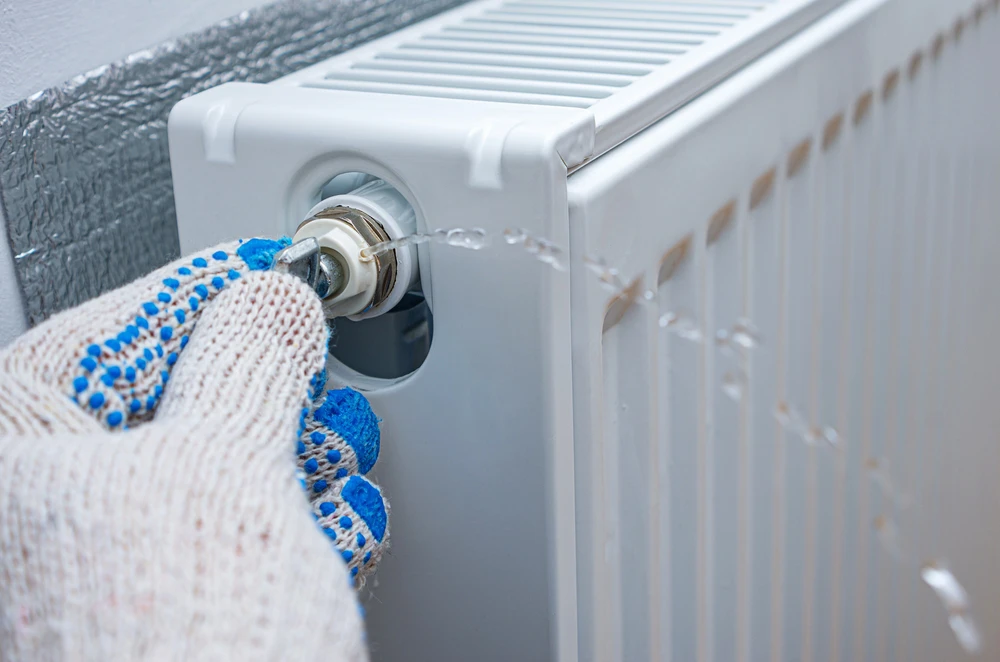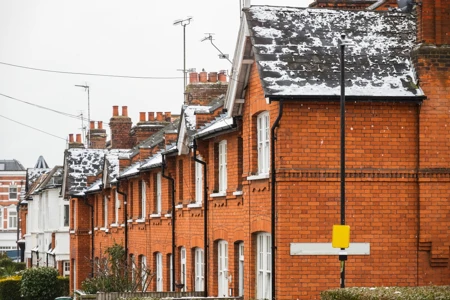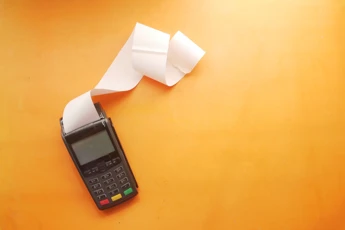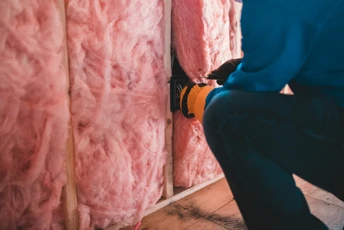As the temperature drops and the leaves begin to fall in earnest, making your home cosy and warm becomes more of a priority. With the cost of utility bills at the forefront of many people’s minds, it’s important to consider ways you can winter-proof your home and help to freeze the rising cost of your bills. We’ll explore the ways you can do this in your own home this winter…
Insulation for pipes
You should think about insulating your pipes, especially if any of these pipes are on the exterior of your home.. If these freeze in cold weather, it might result in warping or cracking of the pipes as well as potentially extremely costly damage to your entire system. By investing in foam tubing, often known as "lagging," you can insulate pipes and retain water at a high temperature.

Bleed your radiators
If you don't periodically bleed your radiators, they could take longer to heat up and might not provide as much heat as they should. To determine if you need to bleed your radiators, turn on your heating for five to ten minutes, then check the temperature. They probably need to be bled if the radiator is hot at the bottom and cool at the top. To give your radiators an extra boost, consider placing some reflectors behind them. These reflect the heat away from the wall and into the room.
Get your boiler serviced/service it yourself
They say prevention is better than cure, and an annual boiler maintenance can prevent minor issues from getting worse. Additionally, it makes sure that you have warmth throughout the frigid winter months. Make sure to service your boiler before it gets too cold to prevent the inconvenience of having no hot water or heating when it gets chilly outdoors.
Draughtproof doors and windows
A smart method to limit heat loss from your house is to draught-proof windows, doors, and other openings that may let much-needed heat escape. Draught-proofing equipment that may be quickly and simply installed are available for purchase at DIY stores.
Check the roof/chimney
Leaks and floods can result from cracked or missing roof tiles. Additionally, if poor maintenance results in weather damage, your house insurance may be rendered void. As a result, it is crucial to inspect your roof at least once a year to make sure there are no problems, gaps, or holes.
More expensive/time-consuming methods
Not all winter-proofing is quick and easy. Some methods, despite potentially taking up a lot of time and money, can be game changing and can turn your home from a wintry wasteland to a warm, snug escape from the outside world.
Insulation (wall, floor, loft, and attic)
Fitting better insulation in your house, whether it's in the floor, walls, or loft, offers numerous winter-proofing benefits. Improved insulation helps to maintain a comfortable indoor temperature, ensuring that your home stays warmer during the cold winter months. This results in reduced energy consumption and lower heating bills, as your heating system won't have to work as hard to maintain a cosy atmosphere.
Double/triple glazing
Opting for double or triple glazing windows is a crucial aspect of winter-proofing your home. These advanced window technologies offer several key advantages. They provide superior insulation by creating multiple layers of glass with inert gas in between, which acts as a highly effective thermal barrier. This extra insulation helps to maintain a consistent indoor temperature, preventing heat loss and drafts during the winter. As a result, your home becomes more energy-efficient, reducing heating costs and environmental impact.
Looking for a green mortgage?
If you're looking for a mortgage made specifically for energy-efficient homes, give one of our expert advisers a call today. They will be able to tell you whether you qualify for a green mortgage and whether it's right for you.
Important information
Your home may be repossessed if you do not keep up repayments on your mortgage.
There may be a fee for mortgage advice. The actual amount you pay will depend on your circumstances. The fee is up to 1% but a typical fee is 0.3% of the amount borrowed.







